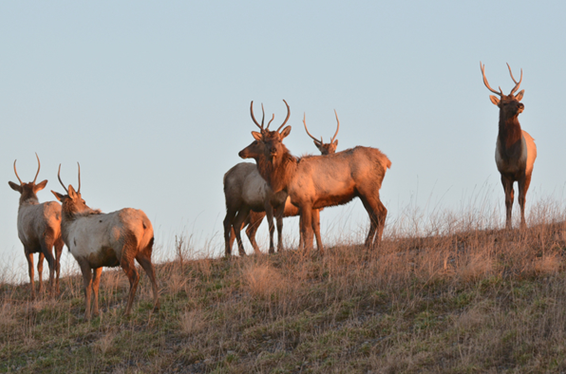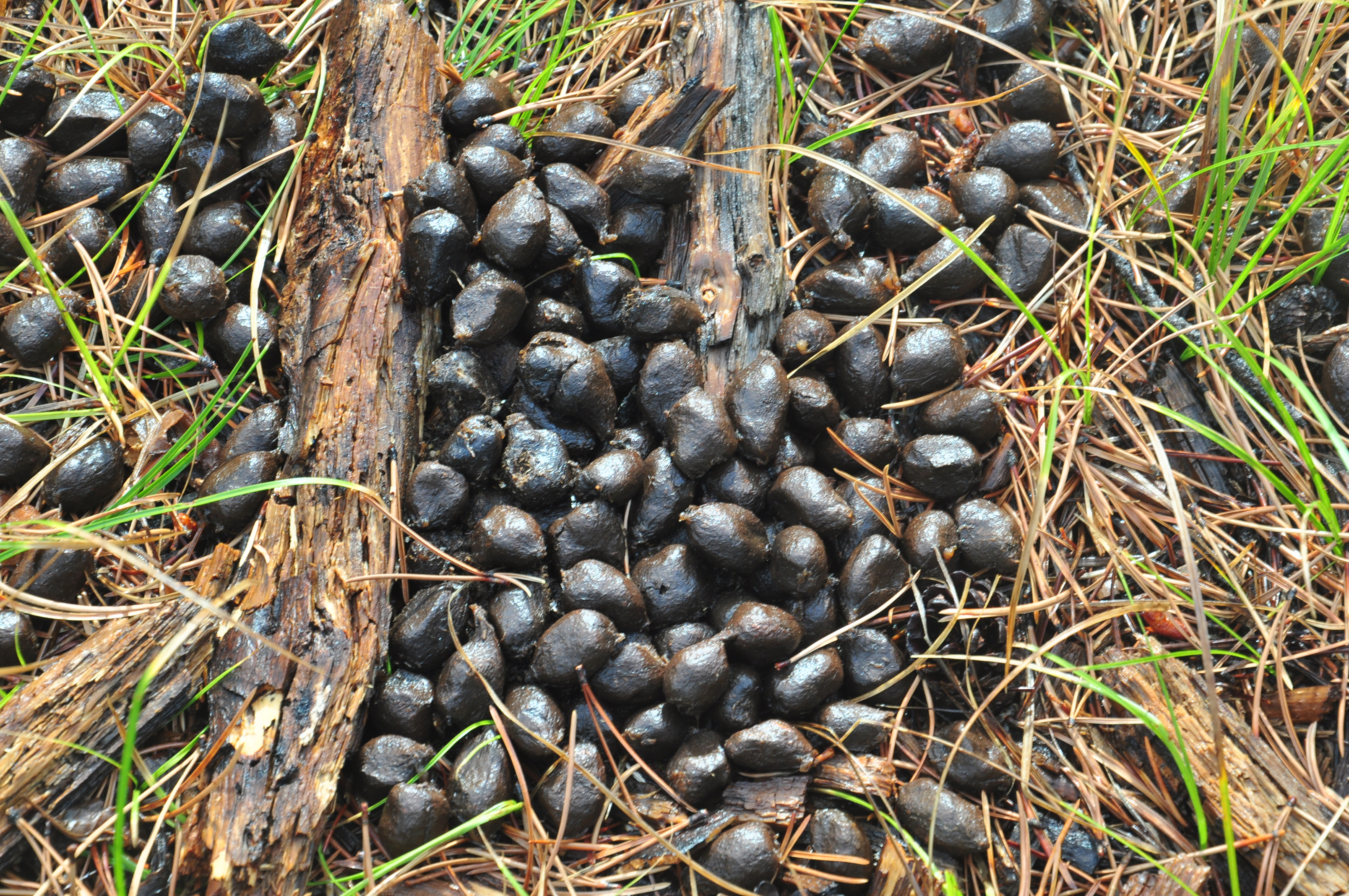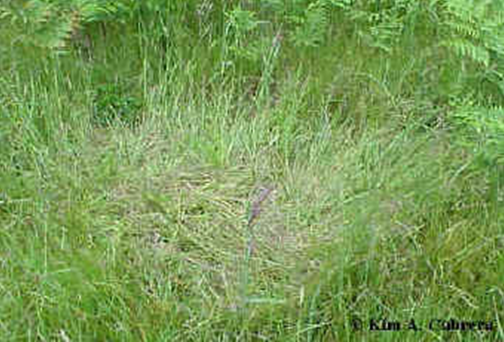Identifying “THE” Elk
In many instances, elk will be found in herds. In the earliest hunting seasons (August/September months) elk will be in cow/calf/spike or bachelor bull herds. As elk approach rut, herd dynamics will change, with bulls creating harems of cows with their calves/spikes. Herd sizes will range from a few elk to 60 or more. You can imagine how difficult it may be to keep your eye on a specific individual as the herd moves around. Cows can make this especially difficult for the hunter as they do not have a distinct feature such as the antlers of a bull to help identify one from another.
Identifying one elk is very important as it will reduce your chance of shooting the wrong elk by mistake in a number of scenarios.
Gender ID
Is the elk you are targeting the correct gender? Cows and spikes can often look the same in the field. The importance of shooting the correct gender elk for which you have a tag is crucial. Not only will you break the law by shooting the wrong gender, it can affect long term tag numbers if there is a higher number of animals killed than was anticipated. Be sure to take your time to ID the gender of the animal before taking the shot. This is especially important for firearm hunters taking long distance shots without a close up look at the animal.
Herd Bystanders
Imagine seeing an elk herd like this and trying to pick out one elk in your scope.. Is the elk in your sights standing in-front of another elk? Singling out one elk to watch (maybe on the edge of the herd) until it presents you with an open shot will keep you from wounding or killing other elk in the herd along with the one you’re after. Make sure shooter and helper have eyes on the same target animal prior to the shot. The helper can also help with gender identification as well as tracking and recovering your elk after the shot. This will be discussed more in depth in section 3.
 Image Source: Joe Lacefield
Image Source: Joe Lacefield
Follow-Up Shots
In some instances (particularly for firearm hunters) a hunter will have the opportunity to take follow-up shots, and they are highly suggested if given the opportunity. Having a solid ID on your target elk before and after the shot will ensure that you do not “accidently” shoot a second elk by mistake with your follow-up shot by thinking it was the original elk you shot at. It is normal for an elk NOT to drop right after the shot…even if it is a good shot. Archers may also have the opportunity for a follow-up shot even in close range. Be certain you are shooting the same elk and that another one doesn’t have you mixed up in the herd’s commotion.
Elk Sign
Knowing how to find elk sign while scouting will be beneficial in ensuring your hunting trip will be successful! Elk sign includes tracks, scat, rubs, beds, and wallows.
Tracks
Fresh elk tracks are crisp in the ground and will not have debris like sticks and leaves in the tracks. If they do, the tracks could be more than a day old. You may also be able to tell if the tracks are from a cow or bull elk. Bull tracks will be slightly longer and wider than cow tracks and will sink deeper in moist soil because of their heavy body weight.
Scat
Fresh scat will look wet and have a shine with a green tint from eating grass. If an elk starts to eat more limbs and brushes, it will turn browner in color. Keep in mind black droppings that are dry and cracked are too old and are not an accurate indicator for a present elk.
 Image Source: Elizabeth A. Averbeck
Image Source: Elizabeth A. Averbeck
Rubs
Bull elk use trees and bushes to remove the velvet from their antlers, leave sign, and show dominance. In many cases, a fresh elk rub will have sap running down the tree. Hair may be stuck to the tree or bush as well. Deer also rub on trees and bushes. To tell the rubs apart take a look at the height. Elk rubs can be as high as six feet and the rub looks more violent than one made by a deer. You can expect to see broken branches, and possibly even the tree itself will be broken over.
Beds
Elk will lay down, leaving deep impressions in grass or snow, for security and comfort. They prefer bedding down in small groups. At night they prefer open meadows and during the day they tend to use the camouflage of heavy timber and dense woody areas. After elk awake, they usually urinate. Males will urinate in the center of the bed, whereas cows urinate on the edge of the bed. This is due to the anatomy of the elk.
 Image Source: www.bear-tracker.com
Image Source: www.bear-tracker.com
Wallows
Wallows are shallow impressions in the ground that hold water and mud which vary in size. Elk use these hollows to cool off and to drink from on occasion. Often times, wallows will smell musky from the elk urine. Bull elk will often pee in the wallow and then roll around in it to increase their masculine scent.
 Image Source: Jayson Plaxico
Image Source: Jayson Plaxico